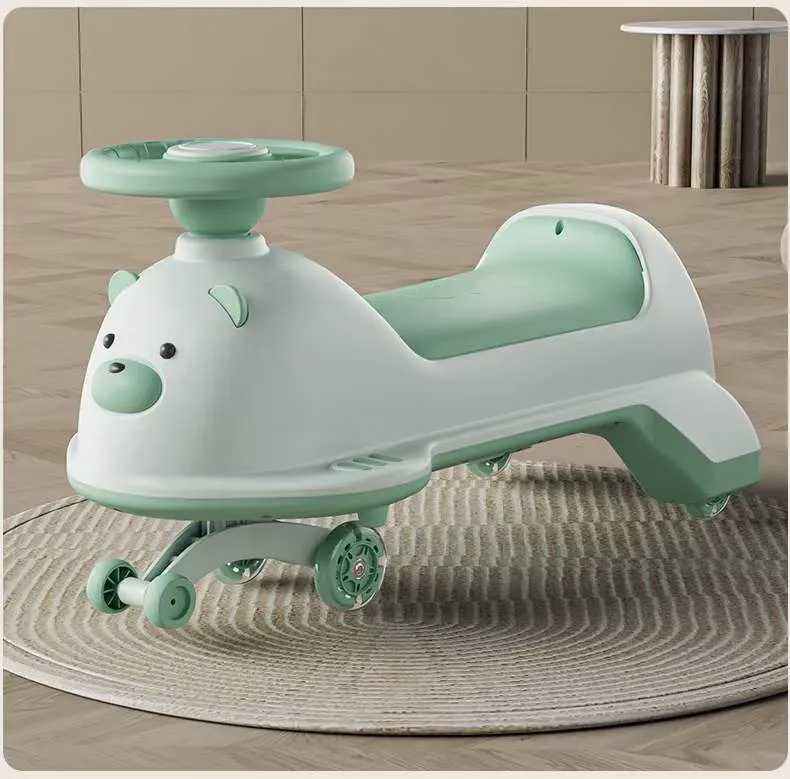Guidelines for Choosing the Right Size Bike for Your Child
How to Size a Kids' Bike A Complete Guide
Choosing the right size bike for your child is crucial for their safety, comfort, and enjoyment. Riding a bike not only promotes physical activity but also helps develop coordination and confidence. However, a bike that is too big or too small can lead to difficulty in handling, causing frustration or accidents. In this guide, we will walk you through the essential steps to size a kids' bike effectively.
1. Understanding Bike Measurements
When sizing a children’s bike, the most important measurement is the wheel size. Kids' bikes generally come in four main wheel sizes 12-inch, 14-inch, 16-inch, 20-inch, and 24-inch. The wheel size often correlates with the child’s height and age. However, using height is a more accurate way to ensure a proper fit.
2. Charting Wheel Sizes and Heights
Here’s a general guideline to help you match your child’s height to the appropriate wheel size
- 12-inch wheels Ideal for kids aged 2-4 years, height approximately 28-38 inches. - 14-inch wheels Suitable for ages 3-5, height about 36-40 inches. - 16-inch wheels Designed for kids ages 5-7, height around 40-48 inches. - 20-inch wheels Best for ages 6-8, height approximately 48-54 inches. - 24-inch wheels Suitable for ages 8-11, height around 54-60 inches.
Keep in mind that these are general guidelines, and individual children's proportions and preferences should also be taken into account.
3. Measure Your Child’s Height
To determine the correct bike size, start by measuring your child’s height. Have them stand barefoot against a wall with their heels touching it, ensuring that their head is straight and looking forward. Use a measuring tape to record their height in inches or centimeters. Cross-reference this measurement with the bike size chart mentioned earlier.
how to size kids bike

4. Stand-Over Height Measurement
In addition to wheel size, checking the stand-over height is essential. This is the distance from the ground to the top tube of the bike frame. When your child straddles the bike, there should be about 1 to 2 inches of clearance for balance and safety. For 24-inch bikes, aim for 2 to 3 inches of clearance to allow room for growth.
5. Test Ride
If possible, encourage your child to take a test ride. This is one of the best ways to assess whether a bike is the right fit. Make sure they can comfortably reach the handlebars, and their feet should be able to touch the ground. If they have to tiptoe, the bike might be too big. Conversely, if they have to crouch significantly to reach the handlebars, the bike is likely too small.
6. Adjustability and Growth
Kids grow quickly, so it’s wise to choose a bike that offers some adjustability. Look for options that allow seat and handlebar adjustments to accommodate your child's growth. A bike with a quick-release seat post is ideal as it can be adjusted without any tools.
7. Consider the Type of Riding
Think about the kind of riding your child will be doing. If they are just starting or riding mainly on flat surfaces, a balance bike or a simple single-speed bike may be best. For more adventurous paths, a bike with gears or suspension may be necessary.
Conclusion
Sizing a kids’ bike correctly is essential to ensure a safe and enjoyable riding experience. By considering your child’s height, testing the bike for comfort, and allowing for growth adjustments, you can find the perfect bike that not only fits well but also encourages your child to develop their cycling skills and confidence. Happy biking!
-
Why Ride On Toys Are Every Kid’s FavoriteNewsApr.03,2025
-
Why a Mountain Bike is Perfect for Outdoor AdventuresNewsApr.03,2025
-
Why a Baby Tricycle is the Perfect First RideNewsApr.03,2025
-
The Joy of Learning with a Kids Balance BikeNewsApr.03,2025
-
The Fun and Benefits of a Childrens ScooterNewsApr.03,2025
-
Find the Perfect Kids' Bikes for Fun and AdventureNewsApr.03,2025
-
Perfect Color for Your Mountain BikeNewsFeb.27,2025








